Windows 11 has introduced a new look for the File Explorer, featuring a redesigned ribbon that aligns with the system's modern aesthetic. While this sleek design appeals to many, some users prefer the classic ribbon from previous versions. If you're among those who miss the traditional interface, here are several methods to restore the classic File Explorer ribbon in Windows 11.
1. Use the Command Prompt
One of the simplest ways to bring back the classic ribbon is by using the Command Prompt.
Step 1: Open the Start Menu and type Terminal in the search bar. Right-click on the Terminal app from the results and select Run as administrator.

Step 2: A User Account Control (UAC) prompt will appear. If you're using an administrator account, click Yes to continue. If not, enter the administrator credentials.
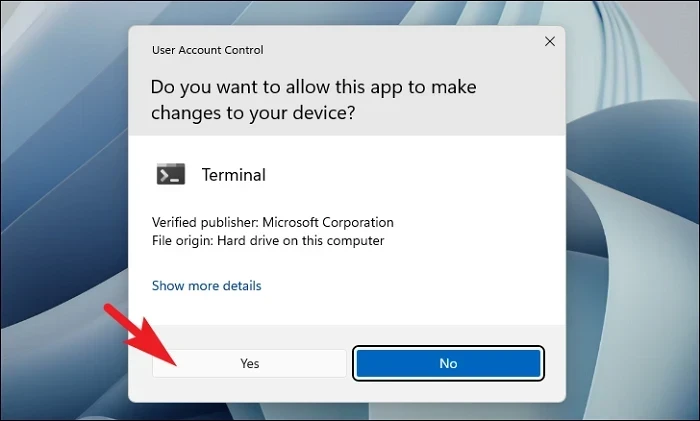
Step 3: In the Terminal window, click on the downward-facing arrow (chevron) next to the open tab and select Command Prompt from the dropdown menu.

Step 4: Copy and paste the following command into the Command Prompt window and press Enter to execute it.
reg delete "HKCU\Software\Classes\CLSID\{d93ed569-3b3e-4bff-8355-3c44f6a52bb5}" /f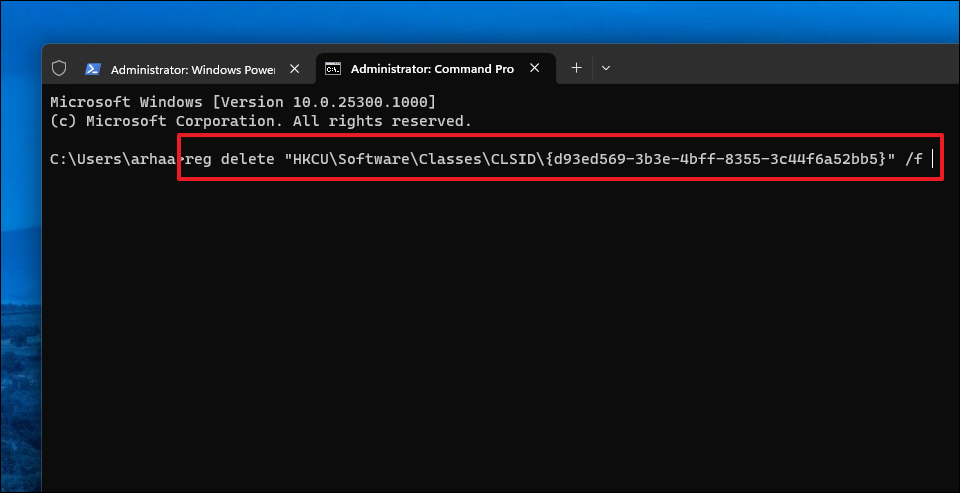
Step 5: After the command has been executed successfully, restart your computer.
2. Use the Registry Editor
Using the Registry Editor allows you to modify system settings to restore the classic File Explorer ribbon. Be cautious when making changes to the registry, and consider backing it up beforehand.
Step 1: Open the Start Menu and type Registry Editor. Click on the Registry Editor app in the search results.

Step 2: Before making any changes, it's a good idea to back up the registry. In the Registry Editor window, click on File in the top menu, then select Export.
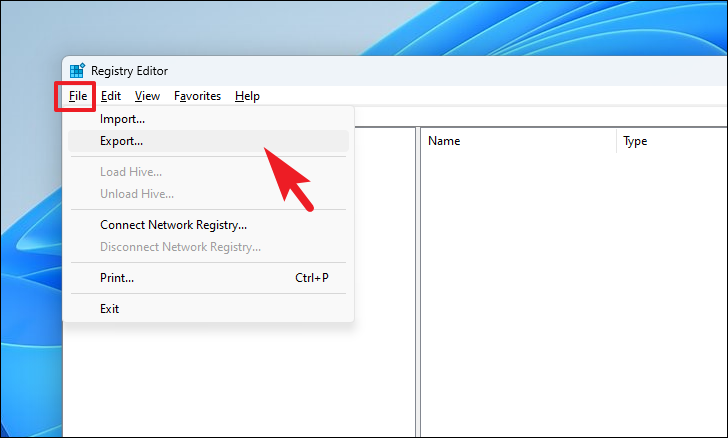
Step 3: Choose a name and location for your backup file. Ensure that All is selected under 'Export range', then click Save.
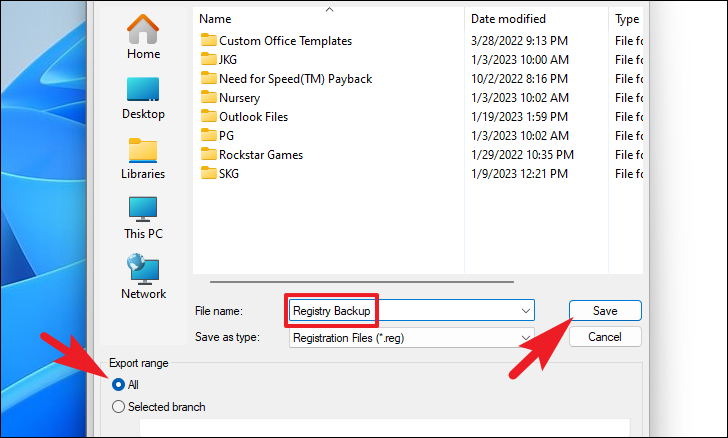
Step 4: Navigate to the following registry path by copying and pasting it into the address bar of the Registry Editor and pressing Enter:
Computer\HKEY_LOCAL_MACHINE\SOFTWARE\Microsoft\Windows\CurrentVersion\Shell Extensions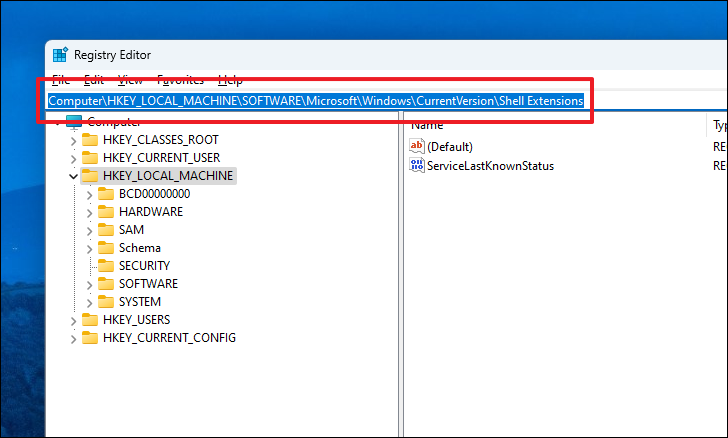
Step 5: Right-click on the Shell Extensions key in the left pane. Hover over New, then select Key.
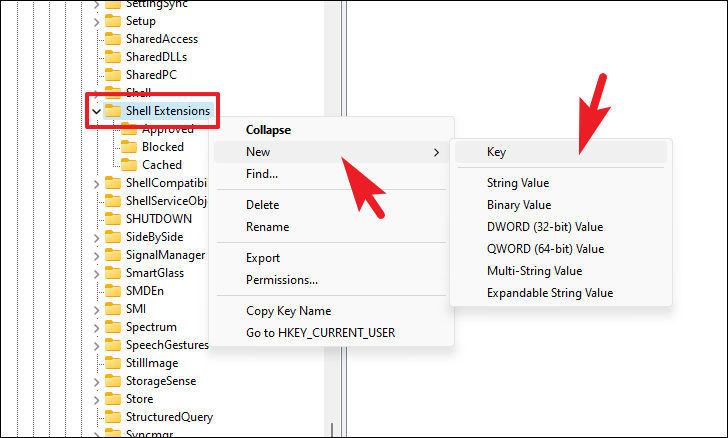
Step 6: Name the new key as Blocked. If a key named Blocked already exists, you can skip this step.
Step 7: Select the Blocked key. In the right pane, right-click on an empty space, hover over New, and select String Value.
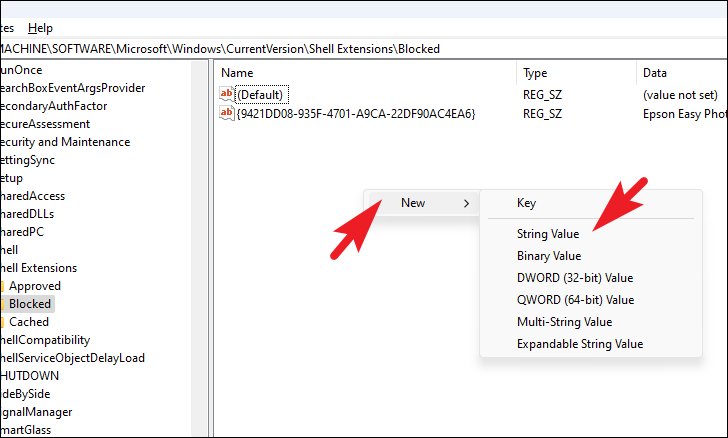
Step 8: Name the new string value as:
{e2bf9676-5f8f-435c-97eb-11607a5bedf7}
Step 9: Close the Registry Editor and restart your computer to apply the changes.
3. Use the Control Panel
This method is applicable if you haven't installed the cumulative update of Windows 11 (version 10.0.22000.71).
Step 1: Open the Start Menu and type Control Panel in the search bar. Click on the Control Panel app from the results.
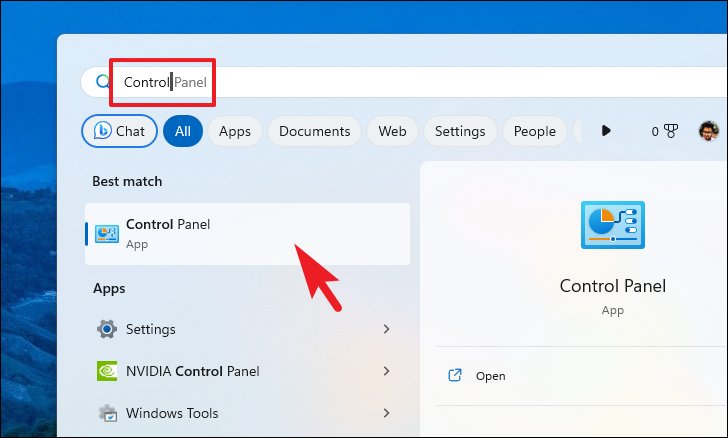
Step 2: In the Control Panel, locate and click on File Explorer Options.
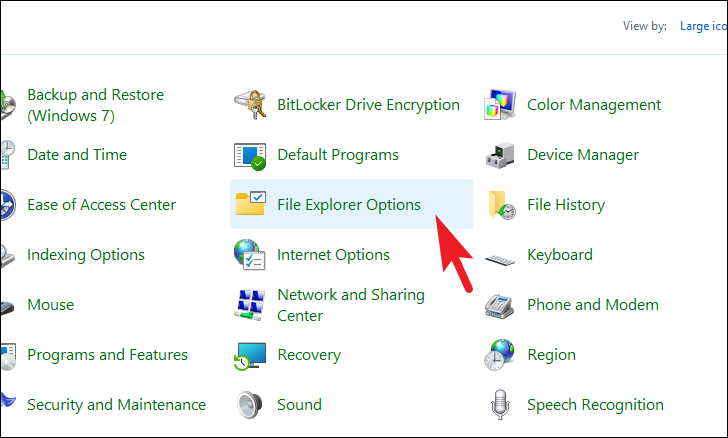
Step 3: In the File Explorer Options window, switch to the View tab. Scroll down and check the box next to Launch folder windows in a separate process. Click Apply, then OK to save the changes.
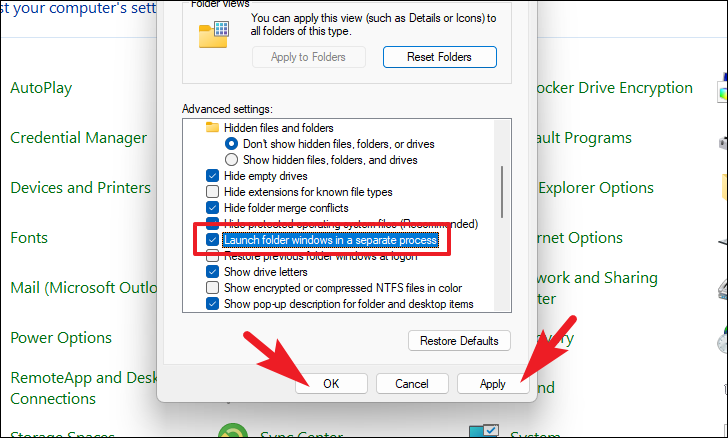
By following these methods, you can restore the classic File Explorer ribbon in Windows 11 and enjoy the familiar interface you're comfortable with.







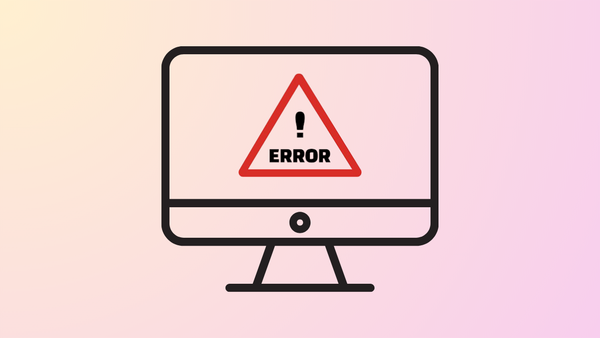


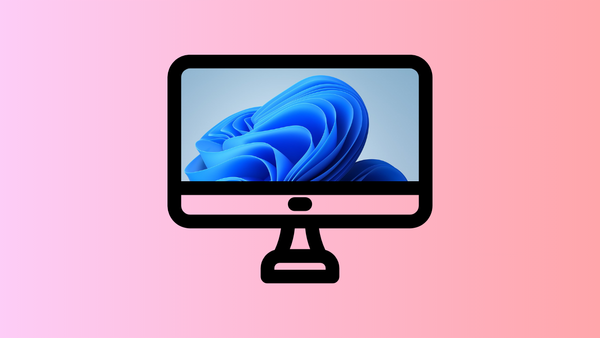
Member discussion